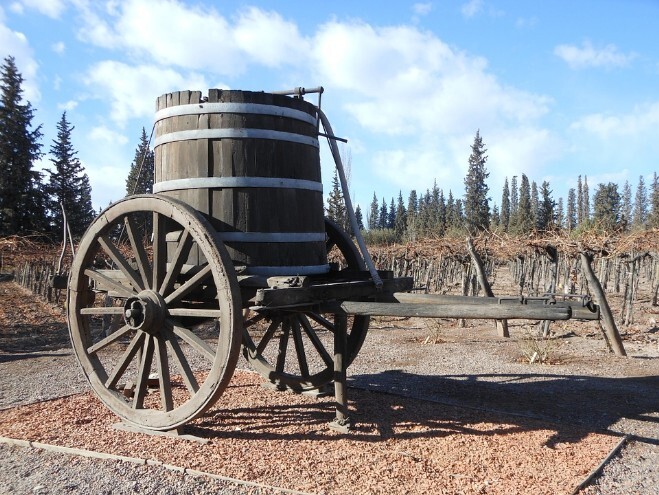
THE HISTORY OF PALLAGRELLO
since 1775
U Pallarell
The winw of the Borbone Kings
In the vicinity of the Royal Palace of Caserta, in the Royal Site of San Leucio, Ferdinand IV of Bourbon had one of the most fascinating collections of the best vines present in the Kingdom of the Two Sicilies planted.
This vineyard was designed by the famous architect Luigi Vanvitelli and was called "Vigna del Ventaglio" due to its characteristic semicircle shape divided into ten rays.
Each ray had a small travertine plaque indicating the quality of the grapes.
In the fourth and fifth range, Piedimonte Rosso and Piedimonte Bianco were cultivated, originating from the Caserta area, at the time they were called "u pallarell" and from here Pallagrello Rosso and Pallagrello Bianco.
These wines were particularly appreciated and offered as official drinks for royal dinners and banquets.
The Bourbons boasted of the excellence of this wine that they even considered it superior to the French one!

Ferdinand IV of Bourbon cared so much about the Villa del Ventaglio that he had the following epigraph affixed in 1775:
"Ferdinand IV of Bourbon, by the grace of God, king of the Two Sicilies, makes it known to all and any person of whatever rank and condition that from today, they do not dare or presume to pass or repass inside the farmhouse of Moggia approximately 27 planted with vines .
Located in the city of Piedimonte in the place called Monticello both at night and during the day with or without light, neither on foot nor on horseback nor with carts or packs, under penalty of 50 ducats. ” Taken from Wikipedia "Il Pallagrello"
In the geographical-reasoned dictionary of the Kingdom of Naples, dated 1797, it is reported: “The wines of this district are excellent, and are among the best in the Kingdom both for their quality and nature, as well as for the pleasant sensation they awaken on the palate. They go by the name of "Pallarelli" and are highly esteemed at lunches."
This wine was so appreciated by the King that it was offered as a special gift at high-level meetings at court.
Unfortunately, during the 20th century, the Piedimonte Bianco and Rosso, also known as "Pallagrello Bianco" and "Pallagrello Rosso", suffered the fate of many other native vines, devastated by diseases such as powdery mildew and phylloxera and almost completely forgotten due of the economic decline of the region.
However, thanks to the passionate efforts of some lovers of Campania food and wine traditions, such as the lawyers Mancini and Barletta and Prof. Luigi Moio, these vines were rediscovered in the 1990s together with another forgotten vine, Casavecchia.
Thanks to the dedicated and generous work of passionate winemakers, the Pallagrello Bianco and Pallagrello Rosso vines have been successfully recovered.
Thanks to the dedicated and generous work of passionate winemakers, the Pallagrello Bianco and Pallagrello Rosso vines have been successfully recovered.
The new lifeblood and renewed interest has given excellent results in the vineyards scattered across the Caiatine Hills, especially in the areas of Caiazzo, Castel Campagnano, Castel di Sasso, Casertavecchia, Pontelatone, Piedimonte Matese, S. Angelo d'Alife, Alvignano, Alvignanello and Ruviano, their ancient place of origin located between the Taburno and Matese massifs.
The right recognition was not without challenges, since in the meantime the now forgotten vines had not been included in the National Register of wine grape varieties.
The right recognition was not without challenges, since in the meantime the now forgotten vines had not been included in the National Register of wine grape varieties.
The bureaucratic hurdle had to be faced for inclusion in the aforementioned Register and finally the two varieties were correctly recognized as single-variety in the IGT Terre del Volturno specification.
This meritorious work of rediscovery and recovery has enhanced a little-known but historically appreciated area full of food and wine excellence.
Now all that remains is to taste these noble specimens of recent rediscovery but of ancient birth, giving an emotion to the soul and a pleasure to the body.
Il Pallagrello more than sold, it needs to be told.
First know and then have...
